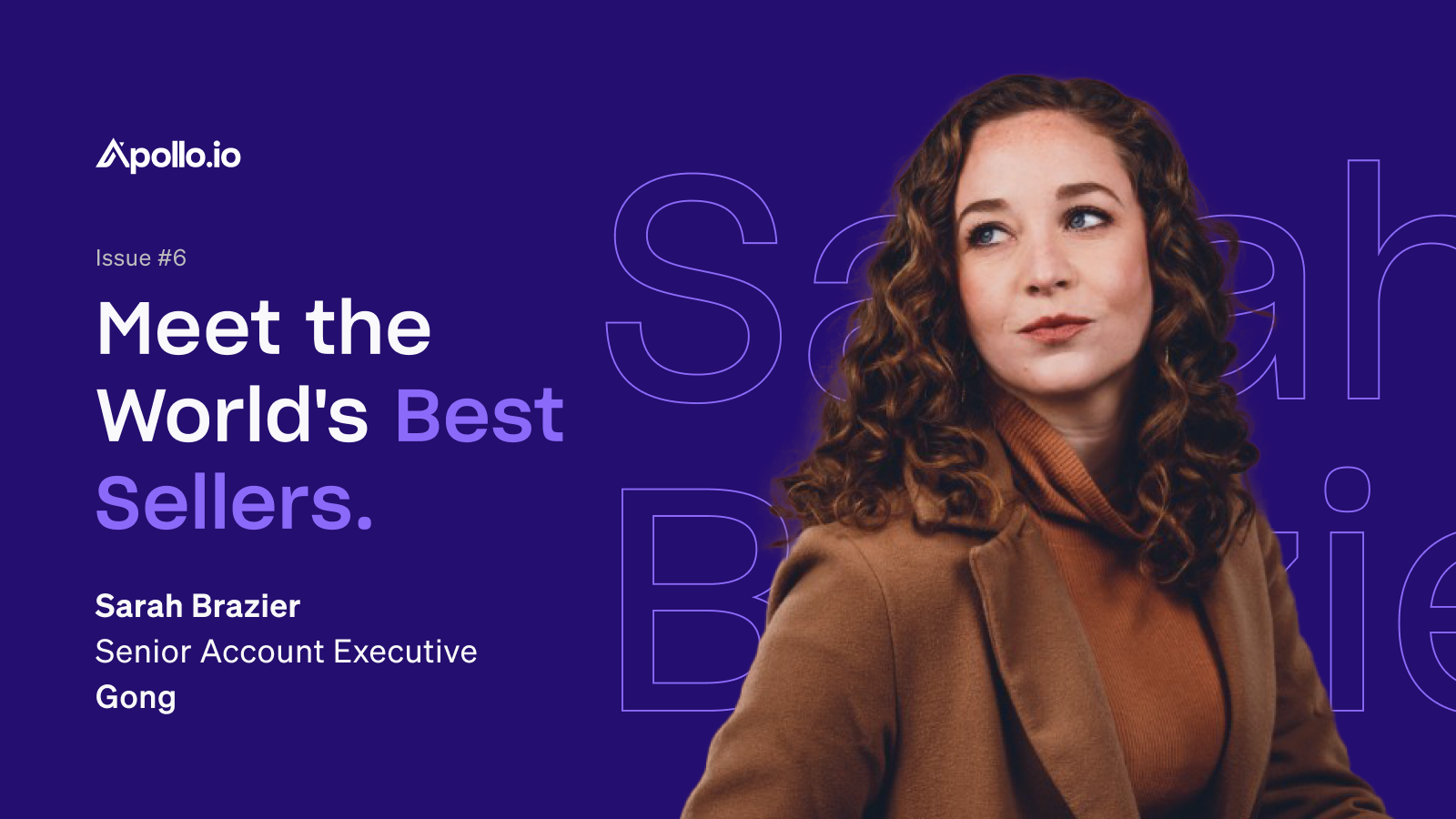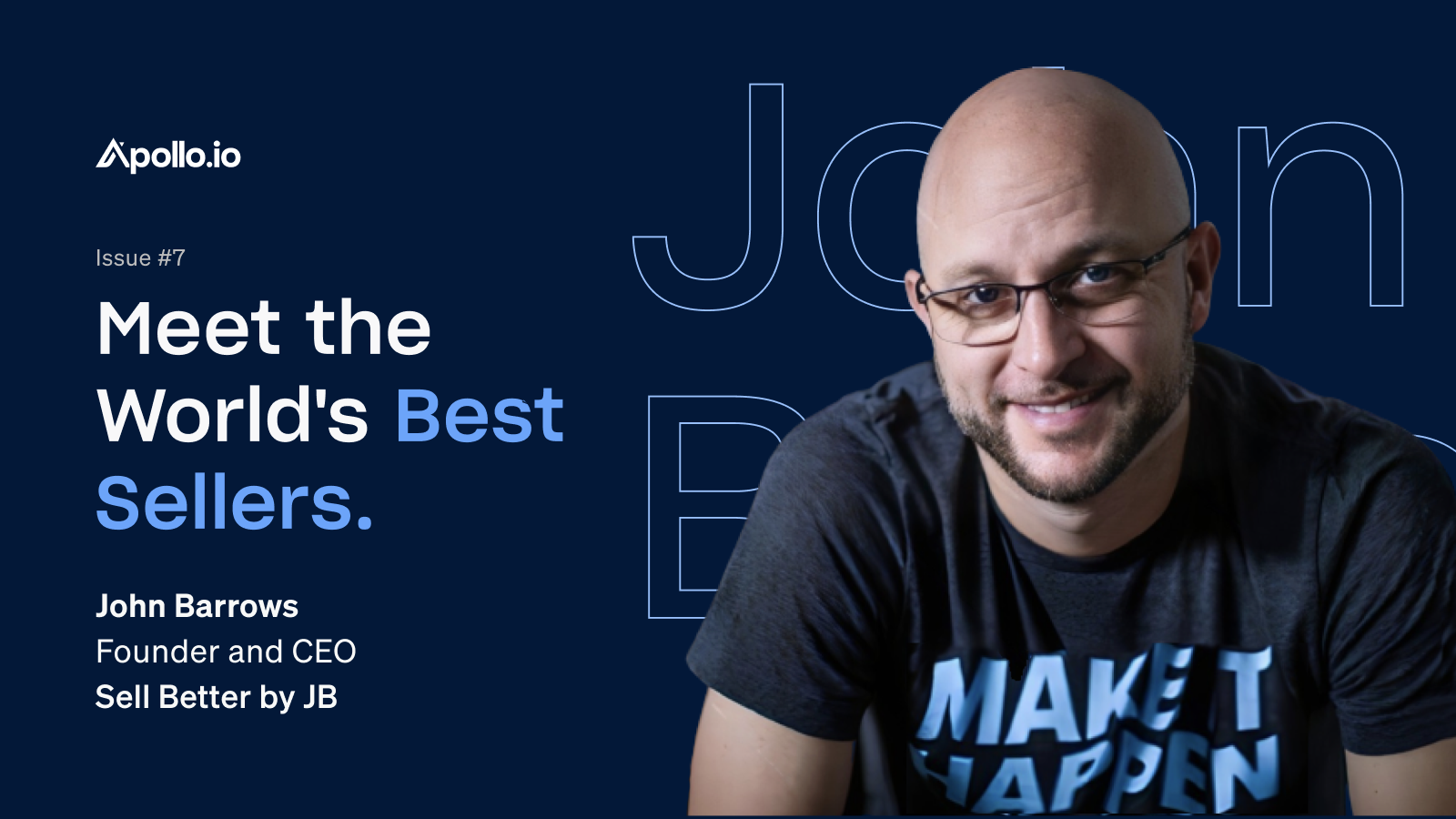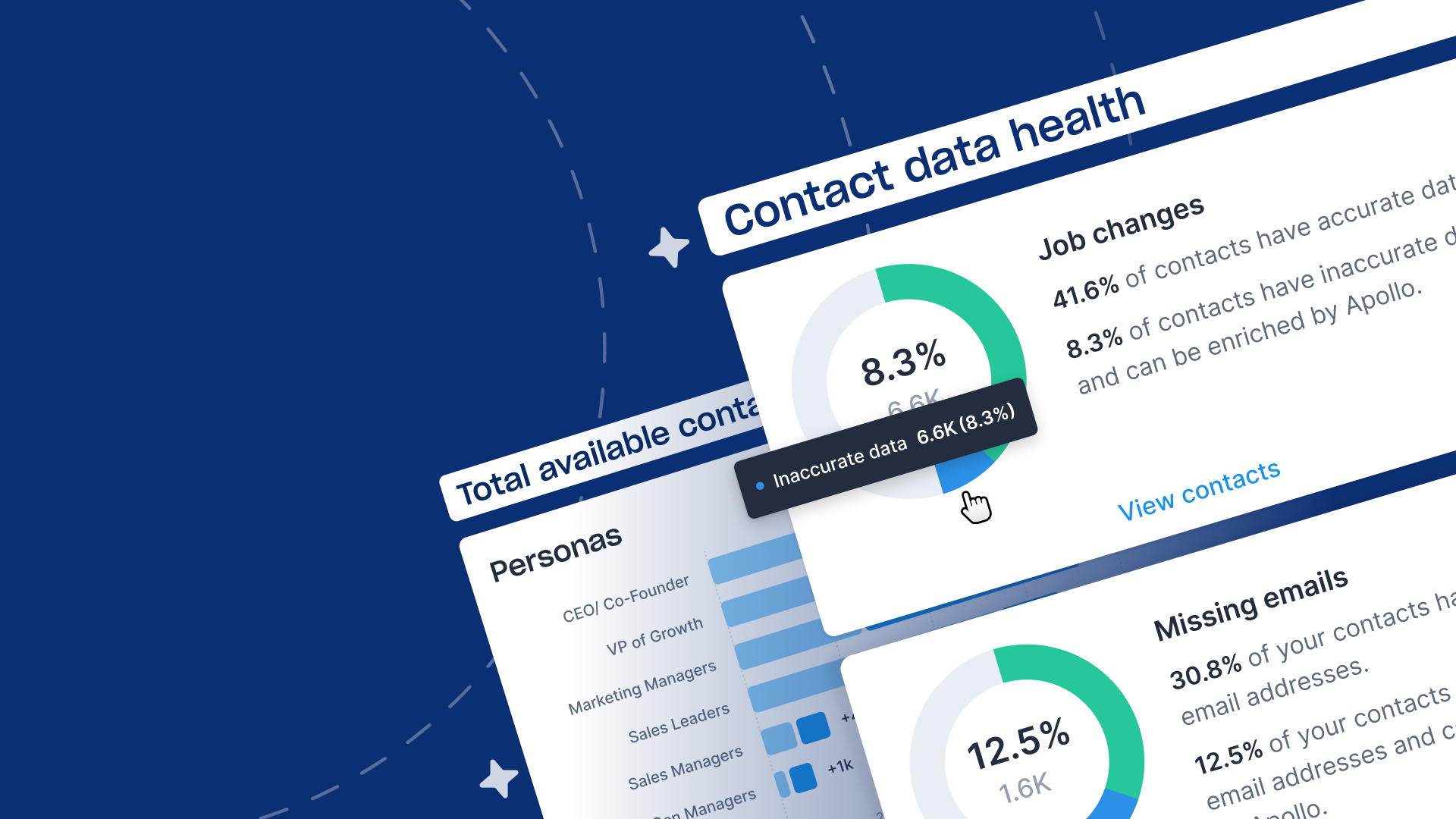Great sales transcends the transactional. It’s an exquisite dance of preparation, skill, and serendipity, a symphony of art and science that inspires and delights.
Selling is, in other words, one grand performance.
And Sarah Brazier has had her fair share of encores.
Really. As a former actor and nationally-ranked collegiate speaker, Sarah has literally had many encores. And now, as a President’s Club member and Senior Account Executive at Gong, the leader of revenue intelligence, she uses her passion for storytelling to reach into the very heart of her audience — the customer.
All the World’s a Stage
Sarah Brazier always knew she wanted to be a storyteller.
After a childhood diet of NPR legends Terry Gross and Bob Edwards, she majored in broadcast journalism at Western Kentucky and then bounced around a bit. Program Management at the National Speech and Debate Association in Des Moines. Drama and debate coach in San Antonio. Acting on the big stage in the Bay Area.
“Everything you see on my LinkedIn, all of that, is just a part of my journey of trying to make ends meet, so I can tell stories.”
Life in the Bay wasn’t easy — up at 4am to barista, rushing to Optimizely to work the front desk until 6pm, just to turn around and go to theater rehearsal until midnight.
“It was really exhausting, and it was really sucking the joy out of performing,” she said.
Sarah knew she had to change something. Life as a ‘starving artist’ was losing its luster, and from her vantage point behind the front desk, it sure seemed like sales was an easy way to make good money.
Right?
Every Call is a Performance
She landed her first role as SDR at Optimizely by pitching herself as a salesperson without sales experience per se. As a teacher she’d captivated the world’s toughest known audience — a room of 6th graders. As a performer, she’d grinded through 90-hour workweeks to make ends meet. And as a professional speaker and debater, she knew the art of persuasion.
Her pitch got her that first SDR role. But after nine months, Sarah still hadn’t hit her monthly quota.
“I was really terrible. It sucked.”
So she engineered a change of scenery, landing at Gong. Now, at a company whose bread and butter is unlocking insights from sales conversations, she knew she couldn’t be anything less than great — especially on the phone.
“I knew that I knew how. I literally have a degree in asking questions and having conversations. I’m an actor, I do improv. I was a 13x national finalist and a top-six speaker in the country. I knew I could deliver a persuasive performance. So why can’t I talk to a stranger on the phone and get them to show up to a meeting?”
Determined to succeed, Sarah sought out the best salespeople in the company.
The top performers. The objection handlers. The logic squeezers. Anyone who could navigate winning conversations on the phone. She sat next to them and took furious notes on not only what they said, but how they listened. Their pauses, their questions, their responses.
Every call was a performance.
She soon grasped the essential truth — successful selling often hinges more on attentive listening than persuasive speaking.
Paired with in-depth call review sessions, a plethora of encouraging managers, and hundreds of hours listening to calls in Gong, she finally hit quota. 136% to quota to be exact.
The following quarter, 142% to quota.
She asked for a promotion to Account Executive. She was denied.
“There was some anger motivating me there. And I just thought ‘I’m going to make you wish you promoted me sooner ‘cause I would have made you that much more money’.”
161% to quota.
President’s Club.
105% to quota.
Then, 129%. 127%. 181%.
When her undeniably incredible performance finally landed her an AE role, that trend continued, totaling over four consecutive years of quota-toppling.
Sarah had perfected her part.
And it was only when she realized that she wasn’t the leading lady — that role was for the customer.
Make Your Customer the Hero
The difference between telling a good story and telling a story that closes a six-figure deal is in the structure and how well you place the customer within it.
“When you understand the structure of a story, and how the structure affects the audience’s ability to absorb information logically and emotionally, sales conversations transform from stiff, robotic, interrogation sessions to an organic flow of ideas.”
In Sarah’s view, all great sales stories follow a problem > cause > solution format.
Most of Sarah’s stories at Gong start with a problem she sees time and time again, “Revenue organizations are not reaching their full potential and reps are only spending 23% of their time on core selling activities.”
Sarah digs deeper. “But, why is that?”.
She calls on the customer’s lived experiences, asking questions like: Here are some causes that we see, are you seeing those too? Is the status quo reflected in your reality? How’s yours different? What are you doing about it?
Only then, with those facts well established in the customer’s own words, does she jump into her product (i.e. the solution).
“Good elevator pitches are structured this way, conversations in discovery calls are structured this way. It allows them to become interactive.”
Now, rather than rattling off a list of BANT questions that ignore the heart of what’s going on, Sarah uses structured questions that move conversations toward relevant discoveries for both parties.
She brings in the emotional element with stories that reflect “the hero’s journey”.
King Arthur going from poor stable boy to king. Harry Potter’s epic journey from living in a closet to defeating Lord Voldemort. These are some of the heroic tales that stick out to Sarah.
“When you read those books as kids, or as adults, you identify with the hero. There is something about them that you admire or that you identify with.”
All of us see ourselves as the protagonist. And, somewhere, deep in the folds of our minds, we’ve all preserved that childlike fantasy of our story being the hero’s journey.
In every sales call, Sarah makes her prospect the hero by sharing success stories of happy customers who were once in their shoes. Stories that highlight infinite possibilities and encourage change.
She doesn’t whip out her sales deck, parading herself as the expert and telling the customer what she thinks she knows. She steps out of the limelight and into the role of a side character — a Merlin to the customer’s King Arthur, encouraging them to take up Excalibur and achieve their limitless potential.
“We’re only there to help the hero, the client, manifest X result…Give them the direction and purpose that sets them on their journey.”
Sarah’s scientific approach to storytelling is also what propelled her success across LinkedIn, making her almost synonymous with the Gong brand itself.
Creating an Inbound Marketing Engine
One morning, Sarah wrote a LinkedIn post (something like her third or fourth post ever), hit “Post”, and went about her day.
She came back to find millions of impressions, thousands of likes, and hundreds of comments.
“I went viral. And I thought, ‘ I’ll just keep posting whatever I think is worth posting about’.”
She started to tell stories about her sales process, the day-to-day of an SDR, a recent failure, a new learning, even something as simple as making coffee.
Her 59k followers today will tell you that it worked. Inbound leads started pouring in.
She laughs as she tells me she started getting messages asking for product support from folks who simply view her as “the” person at Gong. To manage this influx, she developed a full-on lead flow for her hands-off prospecting strategy.
- Post something
- See if anyone in her ICP engages
- Check if they are a current opportunity
- If YES, send them to the account owner
- If NO, own the account
- Then, create those conversations: “Hey I saw your comment on my post, let’s talk about that.”
In a world where buyers are increasingly uninterested in chatting with salespeople, Sarah’s social follow-up is unobtrusive. She gently gives prospects a way out saying something like: If you don’t want to chat, tell me to go away or you can totally tell me if you’re not interested.
Today, LinkedIn has become Sarah’s own personal inbound marketing engine — one of her biggest sources of closed-won deals.
Whether it’s with a story, an expertly navigated conversation, or a simple human response, Sarah uses every interaction, on or offline, to meet people where they’re at with a message that cuts to the heart of their motivations, spurring the heroes towards their final destination.
People Make People Great
Sarah wrapped up our 60-minute chat with some final thoughts about sales greatness. It feels only right to close this World’s Best Sellers issue the same way:
“Anything that’s made me successful up until this point has been an accumulation of life experiences and people who did it before me who were patient enough to teach me. So who are the World’s Best Sellers? The world’s best sellers are the best because it has taken the input of probably hundreds of people to make them excellent. The world’s best sellers are not selling alone, they are very much a team.”
Do you know a “World’s Best Seller”? Send ‘em my way! Email karli.stone[at]apollo.io with your nomination.
We’ll see you next week for our next issue of World’s Best Sellers, only from your friends at Apollo.io.





